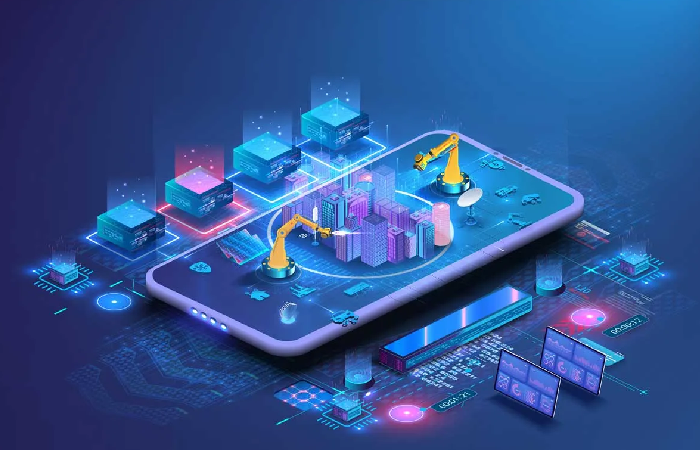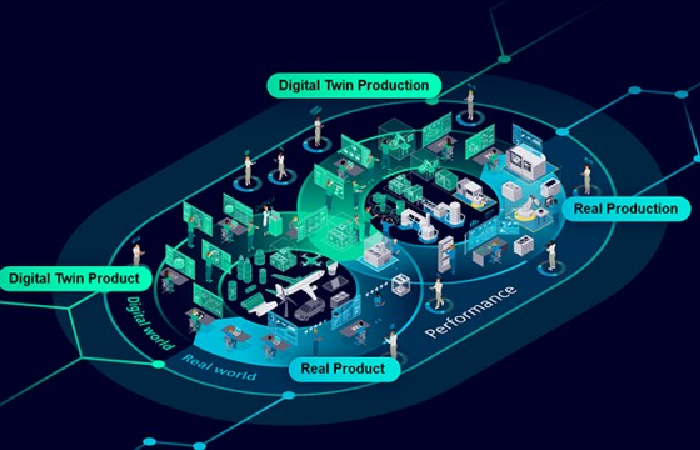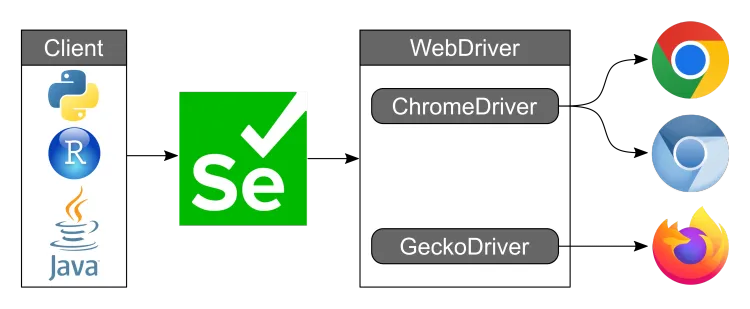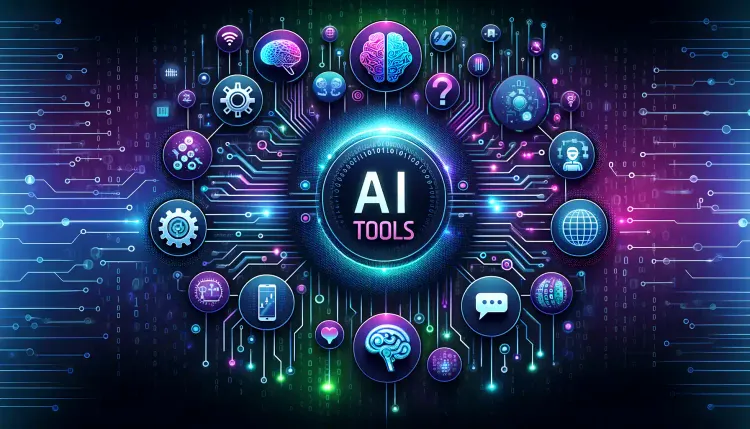Understanding Digital Twin Technology: A Comprehensive Guide

Digital twin technology is being used to produce virtual copies of actual assets. This is a novel notion that has acquired significant attention recently and is revolutionizing several sectors. It offers an effective tool for understanding, monitoring, and enhancing complex systems. The definition, benefits, applications, and future prospects of digital twin technology are covered in detail in this article.
Know a Digital Twin
Digital twins are digital replicas of real-world resources, processes, or systems. Real-time data collected from sensors and other connected devices is used in its making. This is used to mimic the movements and functioning of its physical version. With the help of this digital copy, you may simulate various scenarios, identify any issues, and simplify processes.
The Digital Twin System's Benefits
Digital twins provide various benefits for many different industries. Among the main advantages are:
- Enhanced decision-making ability: Digital twins support the production of well-informed decisions by delivering data and insights in real-time. Businesses should evaluate various scenarios, recognize possible risks, and enhance their procedures in order to improve results.
- Enhanced output: By optimizing operations and cutting down on idle time, digital twins can raise overall productivity. Organizations can cut expenses while raising output by finding bottlenecks and streamlining procedures.
- Predictive maintenance: The technique Predictive maintenance helps in employing digital twin to anticipate equipment failure dates and plan repairs ahead of time. This extends the asset's lifespan, lowers maintenance expenses, and prevents unplanned downtime.
- Find and correct design flaws: Digital twins can be used to replicate how a product might behave in various settings. To find and correct design flaws in the processes involved in developing new products. This expedites the production process and guarantees that products live up to consumer expectations.
- Risk management: Digital twins are a useful tool for hazard identification and risk assessment. Organizations can create efficient risk reduction strategies by modeling various scenarios.

Making Use of Digital Twin Technology
Digital twin technology is being used by numerous industries, such as the following:
- Manufacturing: Digital twins can be used in manufacturing simulation to improve production line optimization and quality control.
- Energy: Digital twins make it feasible to monitor energy consumption, optimize grid operations, and improve energy efficiency.
- Transit: The use of digital twins can lead to enhanced safety, optimized transit networks, and simulation of traffic patterns.
- Medicine: Digital twins can be used to improve patient outcomes, replicate medical procedures, and optimize treatment plans.
- Designing: By modeling urban growth and assessing the results of infrastructure improvements, digital twins can be utilized to improve city design.

Digital Twin Technology's Future Prospects
As digital twin technology advances, expect to see even more cutting-edge applications and benefits. A few expected tendencies are as follows:
- Integrating artificial intelligence and data analysis: AI can be used to assess digital twin data and produce informative outcomes.
- Real-time simulation: Real-time simulation of complex systems is a skill that digital twins will gradually master.
- Cyber twin ecosystems: By connecting several digital twins, complex ecosystems can be built that enable more in-depth investigation and optimization.
The ethical ramifications of data security and privacy will become more crucial to take into account as digital twins get more complex.
Conclusion
Digital twin technology is an incredibly powerful tool that has the potential to fundamentally change a variety of industries. Virtual copies of real assets are made possible by digital twins. They become even more important as a result for efficiency, risk management, and decision-making. As technology advances in the years to come, we may expect even more cutting-edge benefits and uses.




